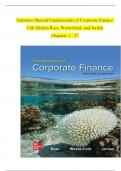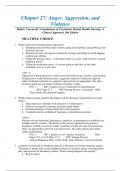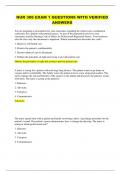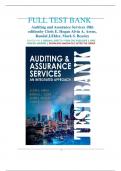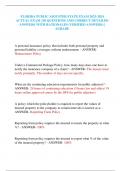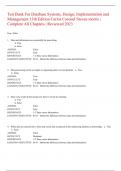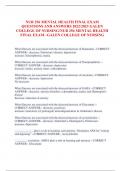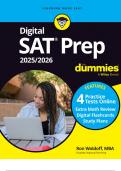Exam (elaborations)
Solutions Manual For Fundamentals of Corporate Finance, 13th Edition by Ross, Westerfield, and Jordan, Verified Chapters 1 - 27, Complete Newest Version
Solutions Manual For Fundamentals of Corporate Finance, 13th Edition by Ross, Westerfield, and Jordan, Verified Chapters 1 - 27, Complete Newest Version Solutions Manual For Fundamentals of Corporate Finance, 13th Edition by Ross, Westerfield, and Jordan, Verified Chapters 1 - 27, Complete Newest V...
[Show more]
